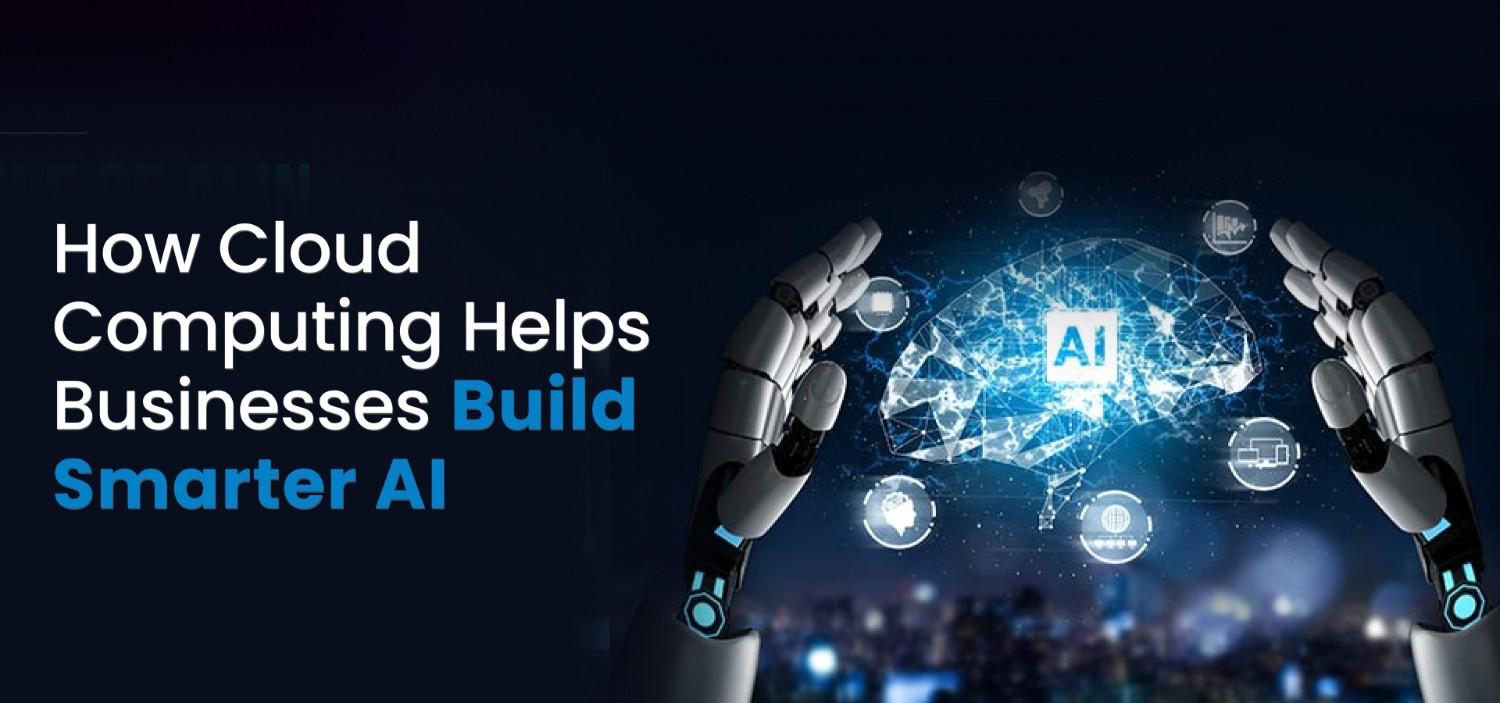Muhammad IrfanJune 30, 2025
Artificial Intelligence (AI) is revolutionizing industries, from healthcare and finance to manufacturing and education. But behind the scenes, a silent partner fuels its rapid development—cloud computing. Cloud platforms are not just storage solutions anymore; they are dynamic environments where complex AI models are trained, deployed, and scaled.
In this blog, we explore how cloud computing is accelerating AI innovation like never before.
Cloud computing refers to delivering computing services—like servers, storage, databases, networking, software, and analytics—over the internet. Instead of maintaining physical data centers, companies can rent access to these resources from providers like Amazon Web Services (AWS), Microsoft Azure, Google Cloud, and others. These services operate on a pay-as-you-go model, giving businesses flexibility and scalability, which is especially beneficial for AI workloads.
AI systems, particularly those involving machine learning (ML) and deep learning, require enormous amounts of data and processing power. Training a large neural network could take days or even weeks on a local machine. Here’s where the cloud steps in.
Cloud platforms provide virtually unlimited computational power through high-performance GPUs and TPUs. This allows data scientists to train large AI models faster than ever.
For example, companies working on natural language processing or computer vision rely heavily on cloud infrastructure to handle the massive datasets required.
Cloud providers offer ready-to-use AI tools and APIs, such as:
These services allow businesses to integrate AI capabilities without needing to build models from scratch, drastically reducing development time and cost.
Let’s break down the key advantages cloud computing offers for AI innovation.
Buying and maintaining high-end hardware for AI training is expensive. Cloud platforms let companies rent computing resources only when needed, eliminating the need for upfront infrastructure investment.
Cloud platforms are accessible from anywhere, promoting remote collaboration among teams across different time zones. This makes it easier for companies to build and deploy AI models globally.
Cloud-based Machine Learning Operations (MLOps) tools help streamline the AI lifecycle—from training and testing to deployment and monitoring. Platforms like AWS SageMaker, Azure ML, and Google Vertex AI enable automation, continuous integration, and deployment (CI/CD) for AI models.
Cloud services offer advanced data storage, cleaning, and labeling tools, which are critical for building accurate AI systems. Centralized cloud storage ensures data consistency, security, and accessibility.
Cloud-powered AI is helping hospitals predict patient deterioration, detect diseases in medical scans, and manage patient records securely. For instance, Google Cloud’s AI tools are used in early cancer detection.
Retailers use AI in the cloud to analyze customer behavior, forecast demand, and personalize product recommendations. Amazon uses its own cloud and AI stack to power its recommendation engine.
Companies like Tesla and Waymo rely on cloud infrastructure to process terabytes of sensor data and improve their self-driving algorithms continuously.
While cloud computing has massive benefits for AI, it’s not without its challenges:
As both AI and cloud computing evolve, a new trend is emerging—edge computing. This involves running AI models closer to where data is generated (e.g., IoT devices), reducing latency. The cloud will play a critical role in managing, training, and updating these edge-based AI systems.
Cloud computing is the engine behind AI’s exponential growth. It offers the scalability, accessibility, and advanced tools needed to build powerful AI systems quickly and cost-effectively. As businesses continue to adopt digital technologies, combining AI and the cloud will no longer be optional—it will be essential for innovation and competitiveness. By leveraging the cloud, startups and enterprises alike can accelerate AI development, experiment with new ideas, and bring intelligent solutions to market faster than ever.

0